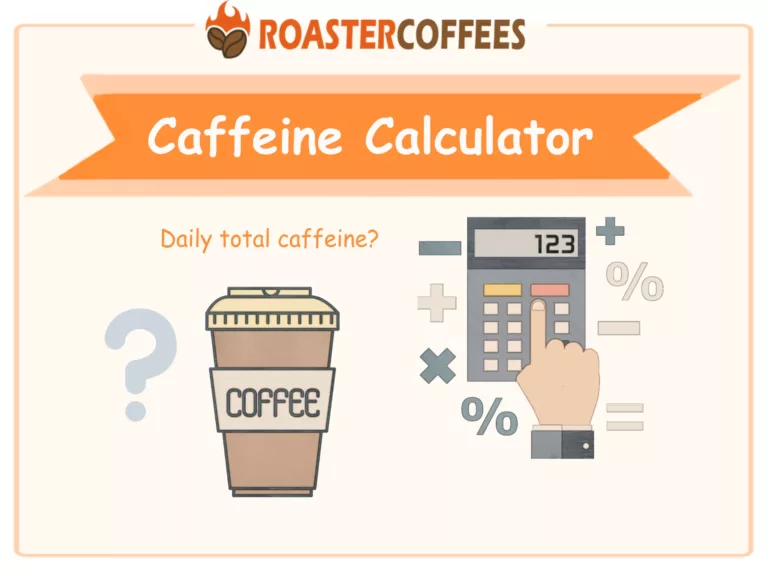A Delicate Balance Of Brewing: Exploring The Distinctive Art Of Pour-Over Coffee And Espresso
Introduction
In the world of specialty coffee, the methods of extraction are as varied as the flavors they yield. Two prominent contenders in this realm are pour-over coffee and espresso. These brewing techniques, each with its unique characteristics and traditions, produce beverages that cater to diverse palates and preferences. From the meticulous pour-over process to the high-pressure extraction of espresso, understanding the differences between these methods unveils a deeper appreciation for the art and science of coffee brewing.

Pour-Over Coffee: The Elegance of Precision
The Ritual of Pour-Over
Pour-over coffee brewing is characterized by its deliberate and methodical approach, transforming the act of brewing into a sensory experience. With origins dating back to the early 20th century, this method has gained renewed popularity in recent years due to its capacity to highlight the nuanced flavors of the beans.
Pour-over and filter coffee generally have similar caffeine content due to their similar brewing methods. Both involve slowly pouring hot water over coffee grounds, allowing for effective caffeine extraction. On average, an 8-ounce (240 ml) cup of pour-over or filter coffee contains around 95 milligrams of caffeine. However, variations can arise from factors like coffee bean type, grind size, brewing time, and coffee-to-water ratio. Lighter roasts may have a slightly higher caffeine content due to shorter roasting times. Ultimately, both methods offer a flavorful and balanced cup with a caffeine kick, making them popular choices for coffee enthusiasts seeking a quality brew. Use a caffeine calculator to better document the different caffeine levels between drip coffee and espresso.
The pour-over ritual begins with placing a paper filter in a cone or dripper, ensuring proper extraction and the removal of any undesirable residues. Freshly ground coffee is then carefully added to the filter, and the brewing process commences with a precise and controlled pour of hot water. This water is gradually poured in a circular motion over the coffee grounds, allowing for even saturation and the extraction of aromatic compounds.
Flavor Profile and Characteristics
The slow and controlled extraction of pour-over coffee results in a cup that is often characterized by its clarity, subtlety, and complexity. The extended contact between water and coffee grounds allows for the extraction of a wide range of flavors, from bright and fruity notes to delicate floral undertones. The absence of pressure in the brewing process highlights the intricacies of the bean's origin, roast, and varietal, delivering a cup that is often referred to as "clean" and "transparent."
Control and Customization
Pour-over brewing provides a level of control and customization that allows coffee enthusiasts to fine-tune every aspect of the process, including water temperature, pouring technique, and grind size. This hands-on approach enables individuals to experiment and adapt their methods to achieve the desired flavor profile, making it a preferred choice for those who seek a personalized coffee experience.

Espresso: The Symphony of Pressure and Precision
The Art of Espresso Extraction
Espresso, a method originating in 20th-century Italy, is synonymous with strength, intensity, and the embodiment of coffee culture. Unlike the gradual and prolonged extraction of pour-over coffee, espresso relies on high-pressure water to rapidly extract the flavors from finely ground coffee.
In the espresso process, hot water is forced through a compacted bed of finely ground coffee using an espresso machine. The water pressure, typically ranging from 9 to 15 bars, facilitates a rapid extraction that lasts only around 25-30 seconds. This pressure-driven extraction extracts the soluble compounds from the coffee grounds, resulting in a concentrated and intense beverage.
Flavor Profile and Characteristics
The hallmark of espresso lies in its concentrated flavor profile, characterized by its boldness, viscosity, and crema¡ªa layer of foam that forms on the surface of a well-pulled shot. Due to the rapid extraction process, espresso often showcases a mix of rich, bittersweet notes, complemented by underlying tones of dark chocolate, caramel, and roasted nuts. The interaction between pressure, temperature, and grind size significantly impacts the balance between sweetness and bitterness in the final cup.
The difference between a pour-over coffee and a macchiato lies in their preparation, concentration, and taste profiles. A pour-over involves slowly pouring hot water over coffee grounds, allowing a balanced extraction. It results in a flavorful cup with a milder taste due to the larger water-to-coffee ratio. On the other hand, a macchiato is an espresso-based drink where a single shot of espresso is "stained" with a small amount of milk, creating a concentrated coffee flavor with a touch of creaminess. While pour-over coffee offers a more gradual and nuanced taste experience, a macchiato provides a bolder, espresso-centric profile complemented by milk undertones.
Creativity within Constraints
While the brewing time for espresso is remarkably short compared to other methods, it requires a careful balance of variables, including grind size, tamping pressure, and extraction time. The inherent constraints of the espresso process challenge baristas to hone their skills and consistently deliver shots that exemplify a delicate harmony of flavors.
Comparing the Two: Pour-Over vs. Espresso
Extraction Method
At their core, pour-over coffee and espresso represent two distinct approaches to extracting the flavors locked within coffee beans. Pour-over relies on gravity and controlled pouring to extract a wide spectrum of flavors, while espresso leverages pressure to create a concentrated and intense beverage.
Flavor Spectrum
The flavor profiles of pour-over coffee and espresso lie at opposite ends of the spectrum. Pour-over coffee showcases delicate nuances, allowing for a greater exploration of the beans' origin and characteristics. Espresso, on the other hand, emphasizes a concentrated blend of flavors, highlighting the interplay between sweetness and bitterness.
Customization vs. Consistency
Pour-over coffee offers a high degree of customization, inviting coffee enthusiasts to experiment with variables to tailor their cups to perfection. Espresso, while allowing for some customization, places greater emphasis on precision and consistency due to the constraints of pressure and extraction time.

Preparation Time
Pour-over brewing requires patience, as the process is deliberately slow and methodical. Espresso, by contrast, offers a rapid extraction that delivers a shot in a matter of seconds.
Equipment and Skill
While both pour-over coffee and espresso require skill and practice to master, espresso demands a higher level of technical expertise due to the precise calibration of equipment and the need for consistent tamping and extraction.
Conclusion
The world of coffee brewing is a canvas for creativity, where the marriage of science and art unfolds in each cup. Pour-over coffee and espresso stand as two emblematic methods, each offering a unique glimpse into the multifaceted world of coffee. Whether one finds joy in the meticulous ritual of a pour-over or the intense symphony of an espresso shot, both methods epitomize the devotion of coffee enthusiasts and the exceptional flavors that can be coaxed from a simple coffee bean. As we continue to explore these brewing techniques, we deepen our appreciation for the richness and diversity of coffee culture.
References:
Fresh Coffee
Peruvian Coffee: Exploring The Richness Of Andean Flavors